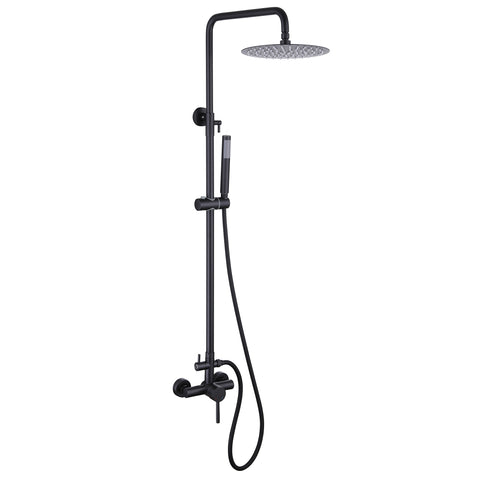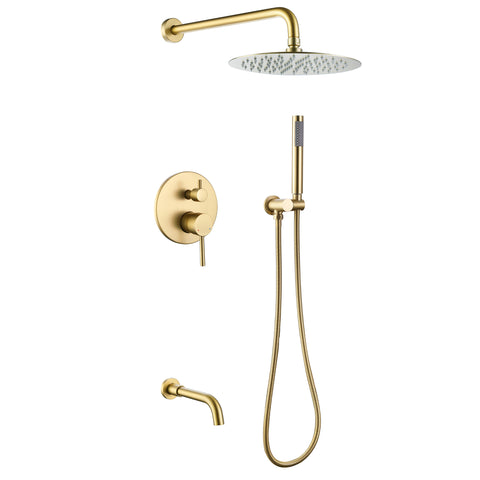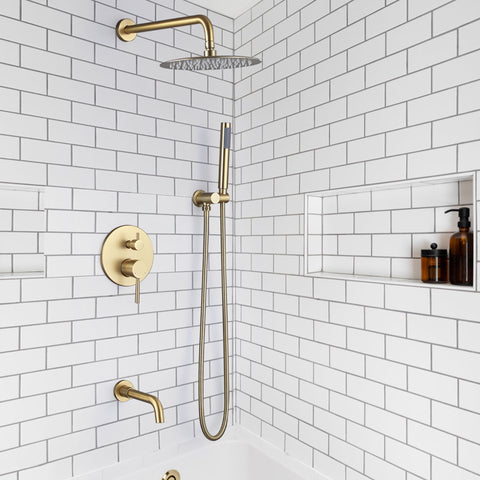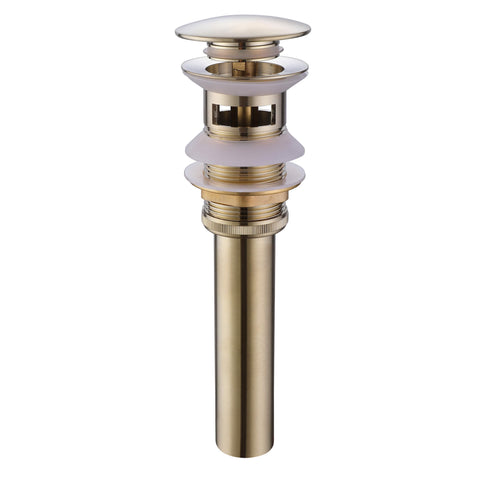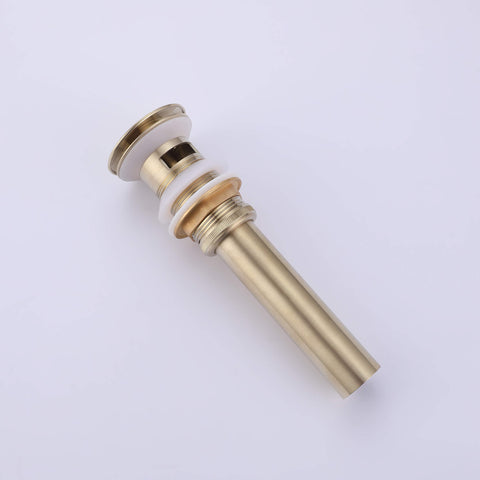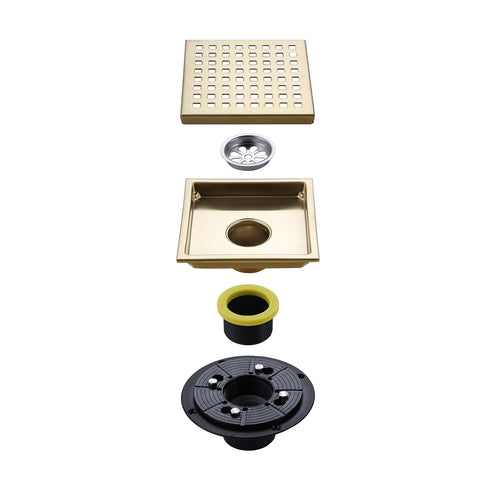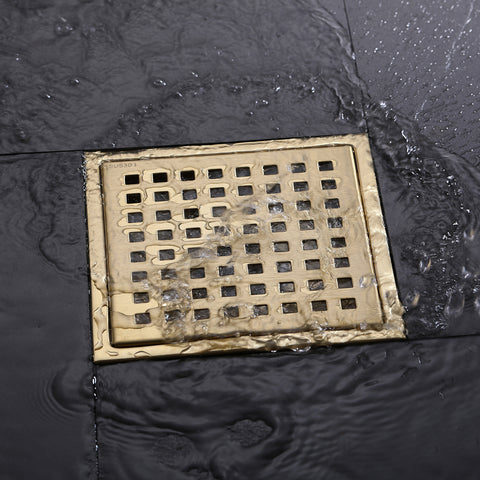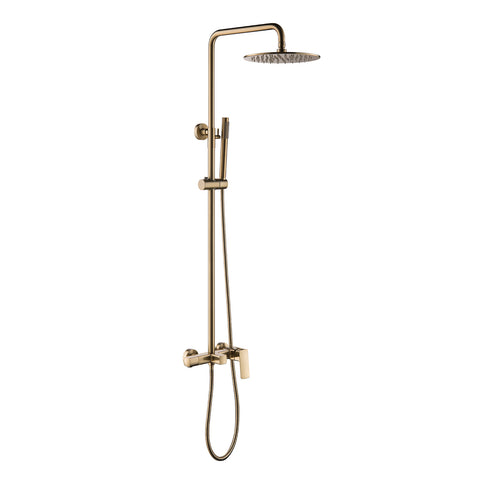How to Repair a Leaking Shower Faucet: Step-by-Step DIY Guide
A leaking shower faucet can be more than just an annoyance; it can lead to wasted water, increased utility bills, and potential bathroom damage. The good news is that repairing a leaking shower faucet is often a DIY task, saving you both time and money. In this guide, we’ll walk you through the step-by-step process to fix a leaking shower faucet with confidence.
Step 1: Gather Your Tools and Materials
Have an adjustable wrench, flathead and Phillips screwdrivers, pliers, a replacement cartridge or washer, plumber’s tape, and a rag or towel ready. This preparation ensures a smooth repair process without interruptions.
Step 2: Turn Off the Water Supply
Safety first—turn off the shower’s water supply by closing the shut-off valves, typically located beneath the sink or behind an access panel. Turn the valves clockwise until fully closed.
Step 3: Remove the Faucet Handle
Use screwdrivers or pliers to remove the faucet handle. You may need to remove a decorative cap or unscrew a hidden screw. Set the handle and any small parts aside safely.
Step 4: Access the Cartridge or Washer
With the handle removed, access the cartridge (common in newer faucets) or washer (common in older ones). Remove the cartridge or washer using an adjustable wrench or pliers, following manufacturer instructions.
Step 5: Replace the Cartridge or Washer
Replace the old cartridge with a new one, ensuring proper alignment. For washer-type faucets, install a new washer matching the original size and shape. Wrap plumber’s tape around threads if needed for a tight seal.
Step 6: Reassemble the Faucet
Reassemble the faucet in reverse order. Fit components snugly and tighten screws and fittings—avoid over-tightening, which can cause damage or leaks.
Step 7: Turn On the Water Supply
Open the shut-off valves by turning them counterclockwise. Check the faucet and handle for leaks. If you see leaks, tighten connections or repeat steps to improve the seal.
Step 8: Test and Monitor
Turn on the shower to test your repair. Look for drips or leaks with the water running and after it’s turned off. Monitor the faucet over the next few days to ensure the leak is fixed.
Conclusion
Repairing a leaking shower faucet can be a simple DIY project that saves water and money. By following these steps, you can restore your faucet’s functionality and enjoy peace of mind. If the leak persists or you’re unsure, don’t hesitate to contact a professional plumber for assistance.
